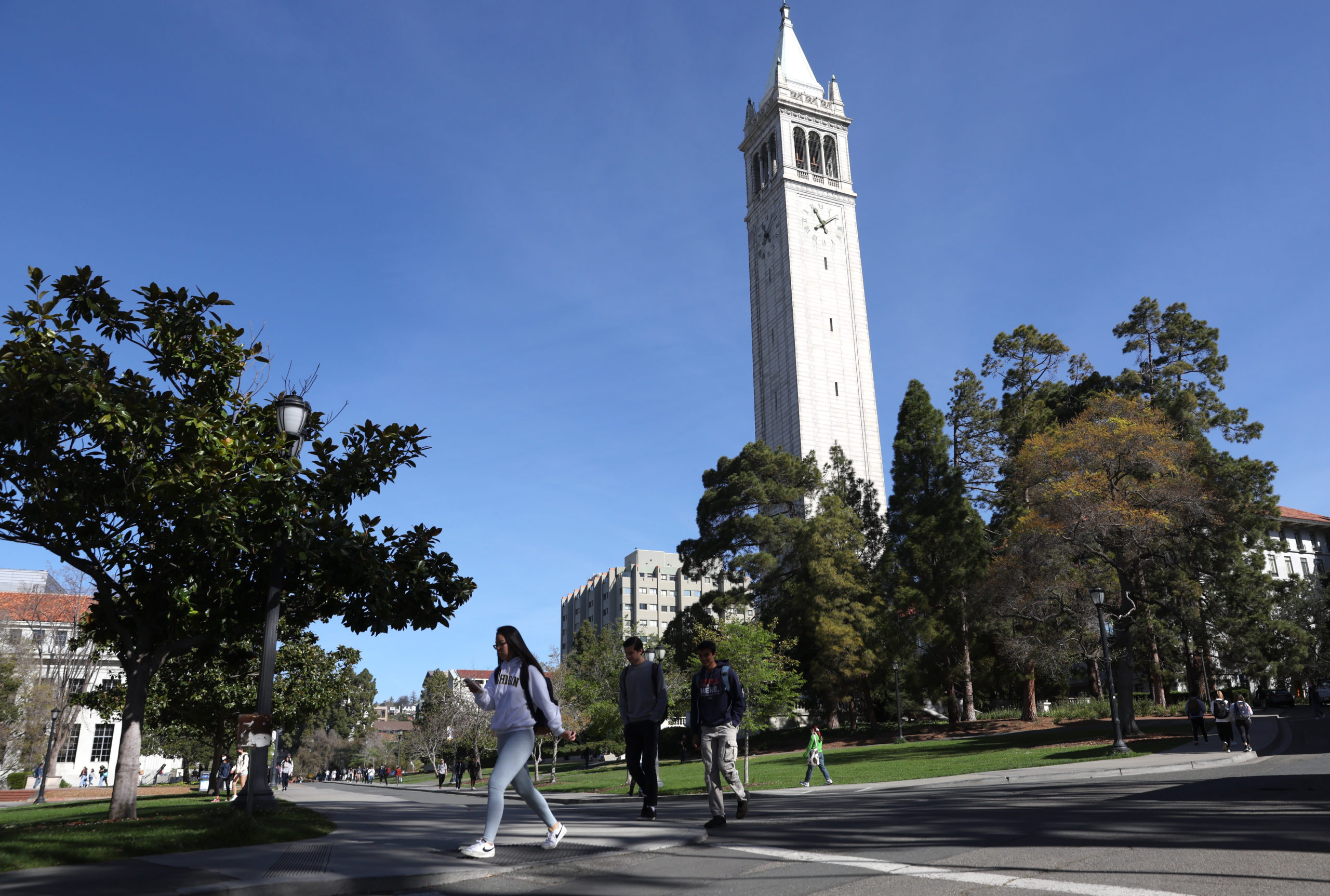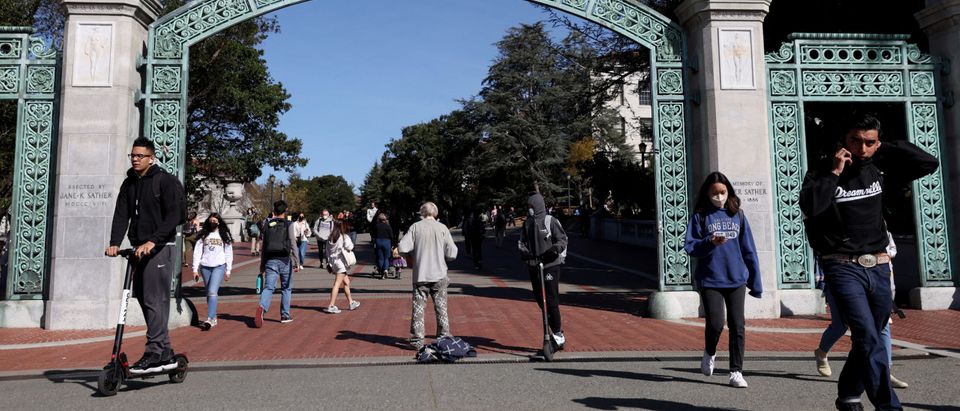College enrollment saw a continued decline between 2021 and 2022 despite many pandemic-era restrictions ending, according to data from the National Student Clearinghouse Research Center.
Over 662,000 fewer students enrolled in undergraduate programs in the spring of 2022 in comparison to the spring of 2021, according to the Clearinghouse data. That’s a 4.7% decline during a time undergraduate enrollment was expected to increase as pandemic-era restrictions ended, the New York Times reported Thursday.
The data shows graduate and professional degree enrollment also dropped by one percent, though those programs became more popular and more accessible with virtual learning, per The New York Times.
Doug Shapiro, the Clearinghouse research center’s executive director, told the press that he believes Americans are questioning whether college is a worthwhile investment.
“[The data] suggests it’s more than just the pandemic to me; it’s more than just low-income communities that are primarily served by community college,” Shapiro said. “It suggests that there’s a border question about the value of college and particularly concerns about student debt and paying for college and potential labor market returns.”
Post-secondary education institutions reportedly lost nearly 1.3 million students from the beginning of the COVID-19 pandemic. Public colleges and universities lost approximately 604,000 in spring 2022, while community colleges accounted for half the lost enrollment — approximately 827,000 students — since the start of the pandemic and 351,000 this spring, according to Clearinghouse.
Clearinghouse’s data found a slight increase in post-secondary enrollment from spring 2020 to spring 2021, but “not enough to return community college freshman enrollment to pre-pandemic levels.”

Photo by Justin Sullivan/Getty Images
State officials in Tennessee released a report with similar conclusions to National Student Clearinghouse Research Center’s findings. Tennessee high school seniors that enroll in college immediately after high school dropped precipitously between 2017 and 2021.
In 2017, 63.8% of high school graduates immediately went to college. By 2021, that number dropped to 52.8%. (RELATED: 1.2 Million Students Abandoned Public Schools Since The Pandemic)
Both the Clearinghouse and Tennessee data found a notably lower rate of college enrollment among black students. While there was a slight increase in first-year college student enrollment between spring 2021 and 2022, that was not true of black freshmen, whose enrollment numbers declined by 6.5%, according to Clearinghouse’s data.
Tennessee’s report cited “notable disparities” between post-secondary enrollment between black and Hispanic students and white students, according to The New York Times.
Max Eden, a research fellow at the American Enterprise Institute, told the Daily Caller that black students may be re-evaluating whether college is the correct choice as the racial group often has disproportionately lower completion rates in comparison to their white and Asian counterparts.
Shapiro stated that he did not expect the declines in enrollment to continue to grow between 2021 and 2022 as they did.
“I thought we would start to see some of the declines begin to shrink a bit this term,” Shapiro said. “I am surprised that it seems to be getting worse.”


